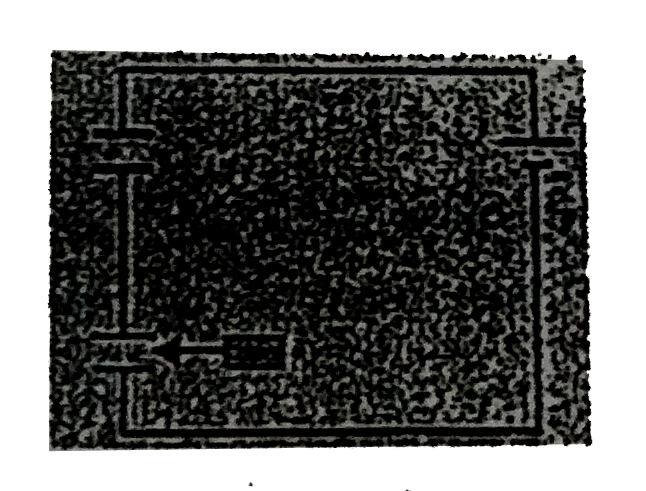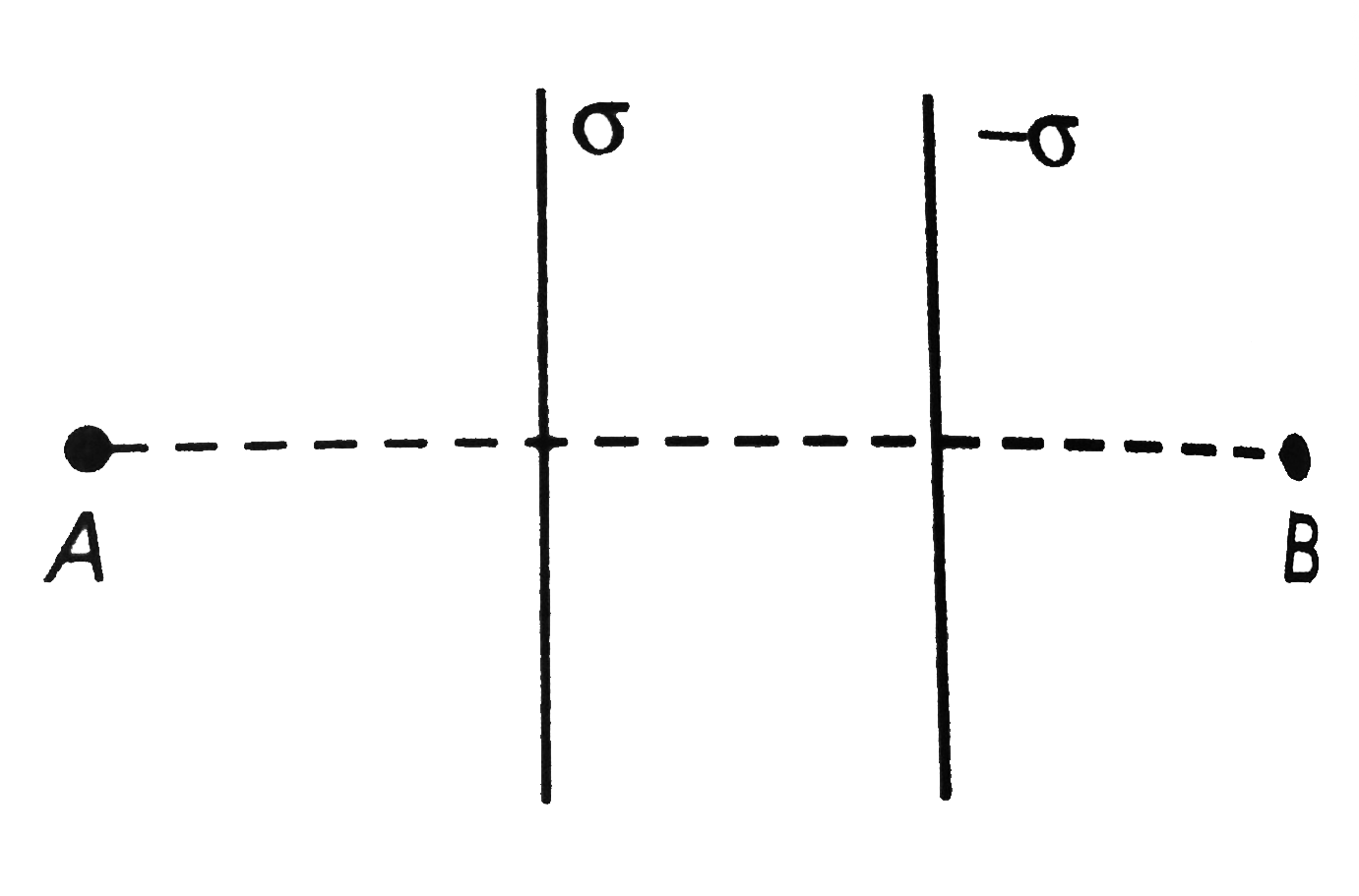Complete Solutions to CONCEPTUAL MCQA of chapter CAPACITANCE of Class 12 book with complete answers and questions
| Class 12 | PHYSICS |
| Chapter | CAPACITANCE |
| PHYSICS GALAXY | CONCEPTUAL MCQA |
| Number Of Questions | 32 |
| Academic Year | 2023-24 |
A capacitor is charged by using a battery which is then disconnected. A dielectric slab is then slipped between the plates, which results in
View SolutionA capacitor is composed of three parallel conducting plates. All three plates are of same area A. The first pair of plates are kept a distance

View SolutionIn the figure shown the plates of a parallel plate capacitor have unequal charges. Its capacitance is 'C' P is a point outside the capacitor and close to the plate of charge

View SolutionYou have a parallel plate capacitor, a spherical capacitor and a cylindrical capacitor. Each capacitor is charged and then removed from the same battery. Consider the following situations :
I:· Separation between the plates of parallel plate capacitor is reduced
II: Radius of the outer spherical shell of the spherical capacitor is increased
Ill: Radius of the outer cylinder of cylindrical capacitor is increased.
Which of the following is correct?
View SolutionTwo idential capacitors are joined in parallel, charged to a potential
View SolutionSeven capacitors each of capacitance
View SolutionFor the three circuit shown in figure- across the battery capacitors are connected in some combination. Which of the following is the correct order of combination :

View SolutionTwo identical capacitors are connected in series with a source of constant voltage
View SolutionA parallel plate air capacitor is connected to a battery. After charging fully, the battery is disconnected and the plates are pnlled apart to increase their separation. Which of the following statements is correct ?
View SolutionA dielectric slab of thickness
View SolutionTwo identical capacitors A and B shown in the given circuit are joined in series with a battery. If a dielectric slab of dielectric constant K is slipped between the plates of capacitor B and battery remains connected, then the energy of capacitor A will-

View SolutionIf there are
View SolutionThe charges on two parallel copper plates separated by a small distance are
View SolutionTwo conducting shells of radius a and bare connected by conducting wire as shown in figure. The capacitance of this system is :

View SolutionThe graph given below shows the variation of electric field

Consider the statements:
(1) The displacement current through a
(2) The displacement current through
Which of the statements given above is/are correct:
View SolutionA parallel plate capacitor of plate area A and plate separation d is charged to potential difference V and then the battery is disconnected. A slab of dielectric constant K is then inserted between the plates of the capacitor so as to fill the space between the plates. If Q, E and W denote respectively, the magnitude of charge on each plate, the electric field between the plates (after the slab is inserted), and work done on the system, in question, in the process of inserting the slab, then
View SolutionTwo condensers

View SolutionA parallel plate capacitor of capacitance C is connected to a battery and is charged to a potential difference V. Another capacitor of capacitance 2C is ismilarly charged to a potential difference 2V. The charging battery is now disconnected and the capacitors are connected in parallel to each other in such a way that the poistive terminal of one is connected to the negative terminal of the other. The final energy of the configuration is
View SolutionA parallel plate capacitor of capacitance
View Solution
View SolutionTwo large parallel sheets charged uniformly with surfasce charge density
 `
`
View SolutionWhen a battery of emf
View SolutionFind equivalent capacitance between points
 `
`
View SolutionAn uncharged capacitor having capacitance
View SolutionTwo similar parallel plate capacitors each of capaciti
View SolutionThe potential difference between points

View SolutionA parallel plate capacitor with air between the plates has capacitance of
View SolutionA variable parallel plate capacitor and an electroscope are connected in parallel to a battery. The reading of the electroscope would be decreased by.
View SolutionA parallel plate capacitor with a dielectric slab with dielectric constant
View SolutionThree capacitors each of capacity
View SolutionA parallel plate condenser with a dielectric of dielectric constant K between the plates has a capacity C and is charged to a potential V volt. The dielectric slab is slowly removed from between the plates and then reinserted. The net work done by the system in this process is
View SolutionTo form a composite
View Solution
CONCEPTUAL MCQA questions and complete solutions for chapter CAPACITANCE of GK PUBLICATIONS PHYSICS (HINGLISH) of Class 12